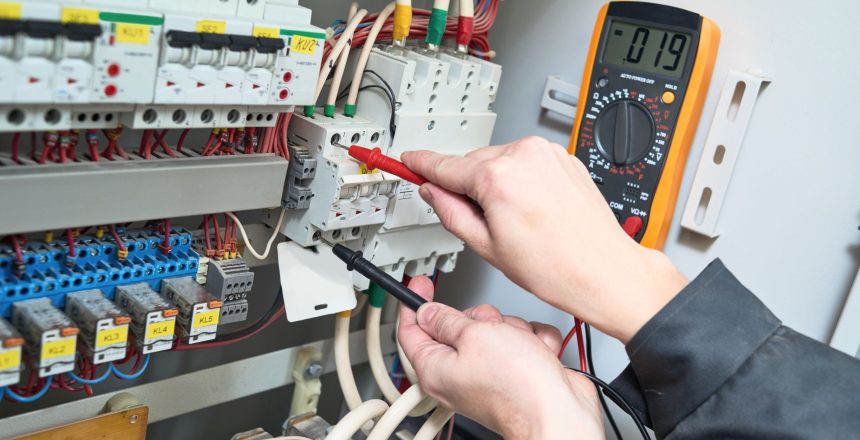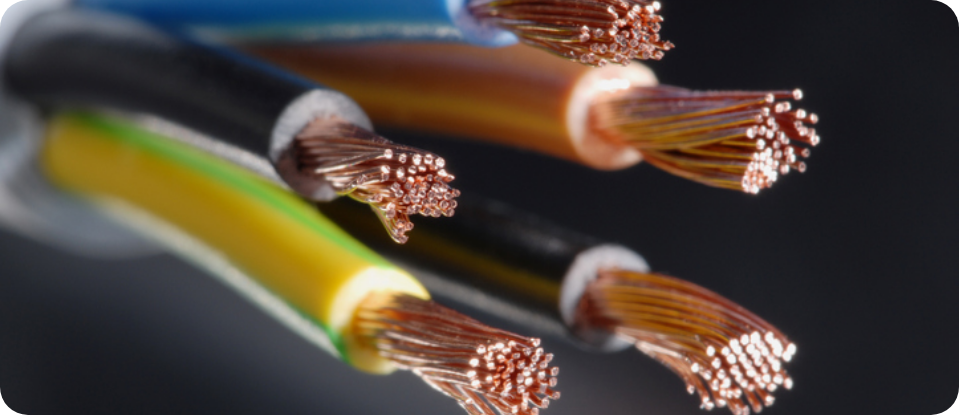People often underestimate the risks that simple factors play in electrical safety, from missing bolts in panel doors, un-blanked openings, corroded enclosures and ingress of liquids or dust. We explore some of the most common hazards below:
- Damaged insulation: This is a major risk factor, exposing people to electric shock risk, as well as burns, fire arcing and electrical explosions. Before using tools and equipment check for cracks, cuts or abrasions on cables, wires and cords. In the case of defects, equipment should not be used until it’s been repaired.
- Water: Electricity and water really do not mix. Wet locations greatly increased the risk of electrocution especially if the equipment is showing other signs of damage.
- Live Panels: Working inside live electrical panels is not a good idea, even for those who are competent to do so. Live terminals present an electric shock hazard and the potential for an electrical flashover, also known as an arc flash incident. Only competent persons should work on electrical systems, and the priority is to work on equipment that has been made dead, rather than working on or near live electrical systems.
- Competence: This plays a major part in designing and installing electrical wiring systems. Selecting the correct sized cable for a given load should take a number of factors into account and is a little more complicated than using a simple ‘look-up’ table. Selecting the correct size fuse or circuit breaker (correctly called a protective device) also requires skill in ensuring that circuits disconnect quickly, with minimal disruption caused.
Only skilled individuals should undertake electrical work; however, no-one should be complacent with regards to the harm that electricity can do. If it doesn’t look or feel right, then it probably isn’t right. If in doubt- report it!




